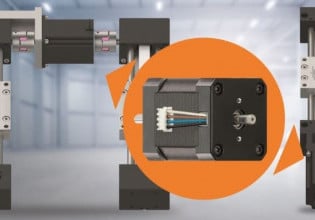M
I am currently involved in a 'Soft-PLC' programming project where the 'owners' of the project are implementing the PLC code using a combination of the following 1131-3 programming languagues:
Ladder (LD)
Function Block Diagram (FBD)
Sequential Function Chart (SFC), &
Structured Text (ST)
There is a large use of user-defined function blocks to build up systems similar to an Object Oriented programming. Internal to these function blocks are a mix of SFC, LD and ST an C-code.
Additional to this, function blocks are also being used to read in parameters from text-based databases to set items such as timers (as opposed to hard-coding these inside the PLC code).
(Sounds like a nightmare I know)
Having dealt with only LD and SFC, I am interested in the views of other programmers out there who have dealt with PLC projects involving a mix of all of these languages. In particular how such a mix is viewed by maintenance/service personnel who may need to view/edit this code in the future.
Ladder (LD)
Function Block Diagram (FBD)
Sequential Function Chart (SFC), &
Structured Text (ST)
There is a large use of user-defined function blocks to build up systems similar to an Object Oriented programming. Internal to these function blocks are a mix of SFC, LD and ST an C-code.
Additional to this, function blocks are also being used to read in parameters from text-based databases to set items such as timers (as opposed to hard-coding these inside the PLC code).
(Sounds like a nightmare I know)
Having dealt with only LD and SFC, I am interested in the views of other programmers out there who have dealt with PLC projects involving a mix of all of these languages. In particular how such a mix is viewed by maintenance/service personnel who may need to view/edit this code in the future.






